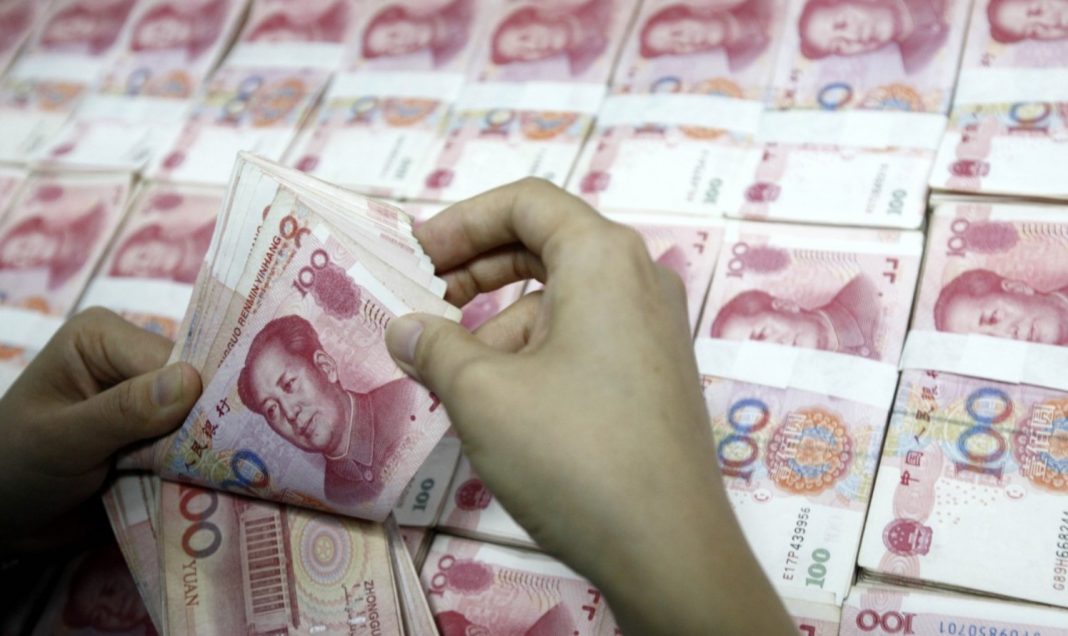According to the director of China’s Digital Currency Research Institute, Mu Changchun, the digital RMB and paper money will exist alongside each other for a long time.
While addressing Shenzhen second-hand traders at a mini forum during the second Bund Finance Summit, Changchun noted that the country’s DCEP (digital currency electronic payment) ecosystem powered, by the digital Renminbi (digital RMB), “and paper currency will coexist for a long time.”
A Striking Difference and Simplified Definition
A striking difference is that you can buy the CBDC and still use it to pay for goods and services. Additionally, RMB’s virtual version, according to Changchun, can be traded for foreign currencies.
The director even provided a simplified definition of the digital Chinese fiat currency saying that it’s a legal tender issued and managed by the People’s Bank of China (PBoC), the country’s central bank. However, its operation can only be initiated by a select number of financial institutions. Just like coins and banknotes, the digital RMB has value, supports legal compensation, and has a “controllable anonymity.”
Global Stablecoins can be a Threat
While supporting the presence of a digitized fiat currency, Changchun noted that the currency’s centralization aspect is required to guard it against the impacts of global stablecoins. Also, it would prevent eroding the right to issue the currency.
Apart from preventing it from being overtaken by global stablecoins, the digital RMB has another edge in that it can increase a merchant’s turnover rate. Additionally, it has the ability to bridge the liquidity problems faced by upcoming and slightly established merchants.
By fueling the DCEP space, the e-RMB’s single largest benefit is enabling frictionless retail payments. For the PBoC, a centralized approach allows it to maintain a hawk-eyed presence to combat illegal financial activities such as terrorism financing and money laundering.
For Centralization to Work, Conditions Must be met
For a practical centralized approach, Changchun noted that the currency’s issuance and management must be well coordinated in order to prevent over-issuance. In addition, cohesive operating standards, including technical and safety definitions, must be provided to solve payment barriers.
Also, digital RMB’s wallet management must be coordinated to, among other things, prevent counterfeiting. The other aspect of a successful centralized approach is to harmonize the development of the currency’s issuance infrastructure to weed out payment barriers and enhance interoperability between all the institutions involved.
Apart from powering frictionless retail payments, Changchun observed that there are digital RMB themed products meant for the elderly and those that do not use China’s smart terminals that are still in development.
Interestingly, instead of using an administrative approach, the issuance will be market-based, where exchanges will be launched depending on demand. Furthermore, the PBoC “will not stop the supply of banknotes, provided the market still needs banknotes and coins.”



















